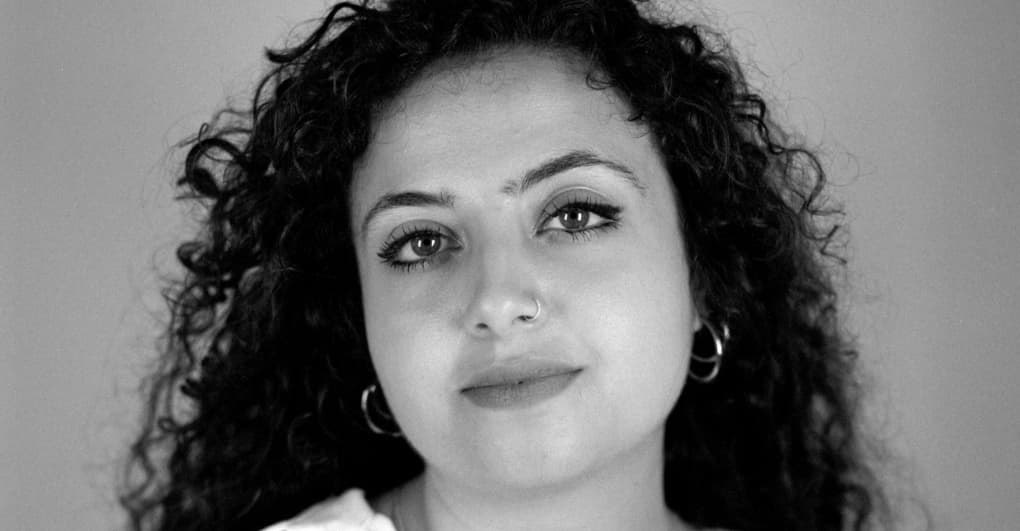To master the buzuq, an artist must memorize its complex system of movable frets, stay mindful of its ultra-precise tuning, and become a vessel for many distinct Arabic musical traditions. Kaddour is one of the few female buzuq players in the world, and the Beirut-based musician has spent years pushing the boundaries of a notoriously difficult instrument. The buzuq gave her experimental folk-rock outfit Sanam a free-spirited tone, and, on Badā, it lends a vividity to her reliance on rubato and improvisation. Incorporating modern and traditional Arabic modalities like the maqam – a traditional melodic scale without any specific rhythmic or temporal scheme – Kaddour’s new album provides a sense of fleshed-out fullness you’d expect from an entire band. All of Badā’s hypnotic rhythms and elaborate ornamentations come from Kaddour’s lightning-fast strumming and finger-plucking, which unlocks the true potential of the buzuq’s bright and electrifying side.
After years of practice, Kaddour has been able to “rediscover and experiment the sound of the buzuq” by harnessing modern Lebanese production, per her Bandcamp page. It’s something you can hear in her eclectic, tradition-defying composition, “Mad ou Jazr,” as well as on her rework of a traditional Arabic song called “Bulbul El-Afrah,” a slowed-down rendition of the original to the point where her lone instrument produces a moving sound that’s lush and full-bodied.

